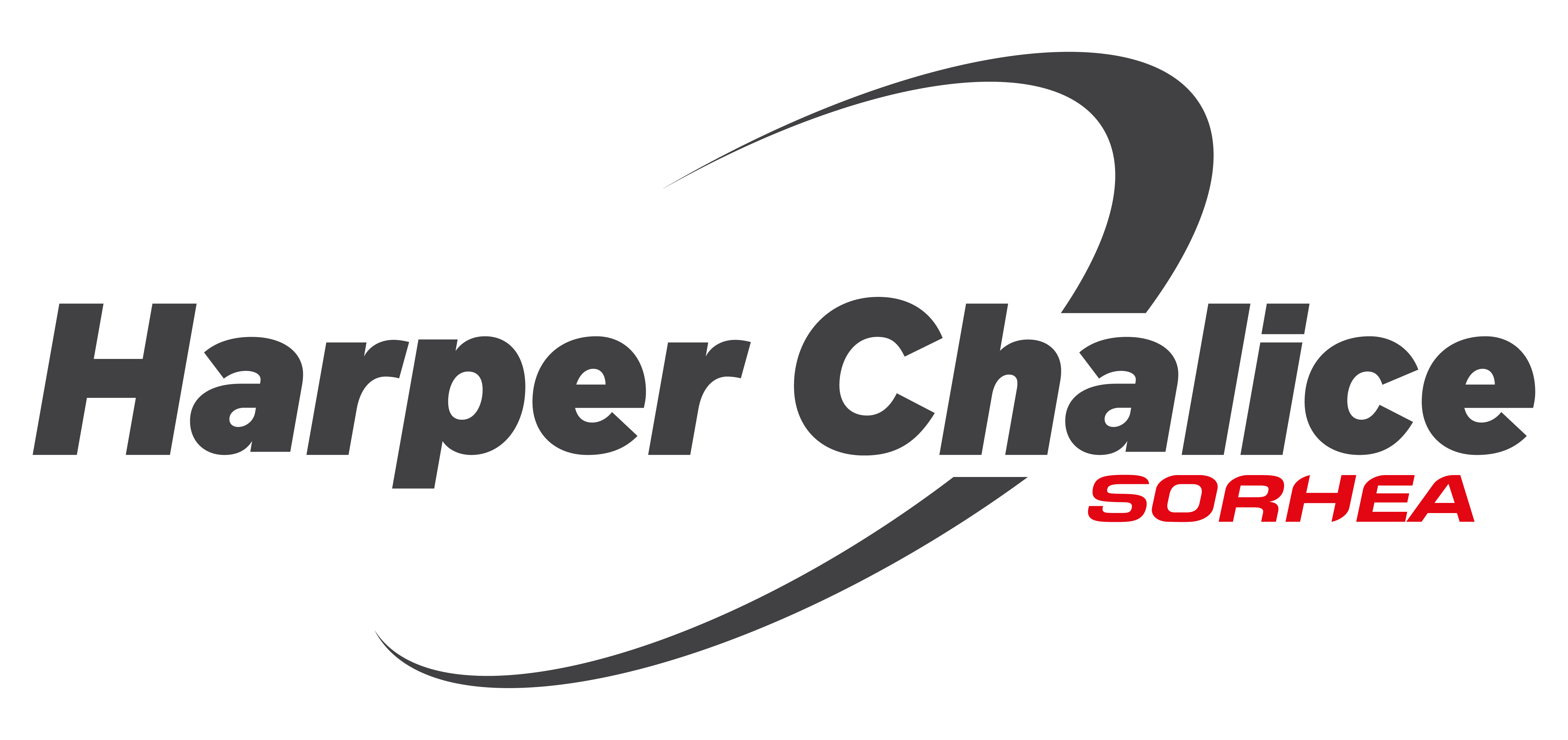Perimeter detection systems can be the most effective tool for preventing intrusion and solving persistent crime problems – but only if the quality is right, including component design, system planning and installation.
Here Adam O’Reilly, Harper Chalice’s Head of Projects, explains how his team ensures total system quality, from the planning stage of every project right up to final commissioning.
There is potentially a lot that can go wrong with an electrified perimeter system if it isn’t planned, designed and installed properly. It’s not just individual component failure or poor quality during installation that can compromise security – even the very concept of a system, how it is intended to work, can be got wrong if it’s not thought through clearly at the outset.
Our job is to get it right, because this technology is arguably the most effective security measure any site or building can have. Our power fencing and perimeter intruder detection technology completely eliminates intrusion problems and provides the most accurate, reliable and timely warning if ever attacks occur. Do the job properly, and the performance of the system will never be compromised.
Perimeter Detection Systems & understanding the site
We work in close partnership with our Harper Chalice Accredited Dealers on many different projects in the UK and worldwide. These range from enhanced security perimeters many kilometres long, down to the boundaries of small business compounds; they include systems mounted on fences, on walls, on temporary structures, and even across extensive rooftops. But however big or small the job our experience has shown that operating clearly defined quality systems is essential. With a careful and systematic approach – based on intimate knowledge of the technology – every installation will succeed.
From the moment an Accredited Dealer gets an enquiry for one of our systems, we work closely with them to ensure that everybody is clear about what the project entails. Our first task is to understand the key points such as what problems the customer is trying to solve, what type of fence they have at the moment, and what the topography and conditions are like at the site.
Accurate costing
The big challenge at this early stage is to help our Accredited Dealers do the job properly and give the customer the fairest and most reliable quote possible. Many factors can affect the price, and both under-estimating or over-estimating can lead to problems. For example, hiring a cherry picker when one wasn’t expected can lead to significant cost over-runs. Installation errors, which by definition are avoidable, can be even more costly. So identifying potential problems early is the key.
Following the initial ‘budgeting quote’ we undertake a full site survey and this is our opportunity to really build up an accurate picture of what the project will entail. For example, we assess any existing host fences (are they really in good condition and capable of supporting the planned electrified systems?) and look at whether strain-posts need to be installed. For more complex structures, such as wall tops and roofs, we try to identify whether special components, such as customised brackets, will be needed.
Again, being methodical and applying a tried-and-trusted system gives us the best chance of doing covering everything – it means that ‘unexpected’ snags, which cost money, are less likely to occur once the job is underway.
In turn, this allows realistically competitive quotes to be given, not just figures to be plucked out of the air based on best guesses.
Special site challenges
You can’t predict the precise challenges of every site, and with all installations, some issues need to be addressed as you go along. For example, often, we will need to design and manufacture special components to solve particular problems. For example, on one site recently we had a height restriction of 2.4m, so we designed special brackets to accommodate this. However, over the years, we have built up a lot of experience and design resources, which means that we can develop the best solutions for every situation – it means we never compromise even when we have to improvise. Often the simplest and most elegant designs are also the most effective, and that’s what we aim for.
For every project we produce detailed drawings, and Operations and Maintenance Manual and a Health & Safety plan (or Method Statement) setting out the exact way that jobs are to be done, and identifying potential risks.
For example, our Method Statement will include points such as working at heights and the safe use of ladders (there are still many contractors who assume that ladders are banned outright – which is not quite true, but they have to be used in accordance with HSE guidelines); other considerations include using power tools such as disk-cutters, and the particular risks of each site. Once the Method Statement is completed it is sent to the contractor and the client for review and, following any revisions, approval. Our job is to ensure that mistakes seen elsewhere (and they crop up with surprising regularity) do not occur with either PulseSecure or FenceSecure installations.
To this end, we work closely with our Accredited Dealers and the end-user customer from the outset. This focus on quality ensures that systems with our name on them are totally effective from the day they are switched on, and that they remain fit-for-purpose, continuously, thereafter.
